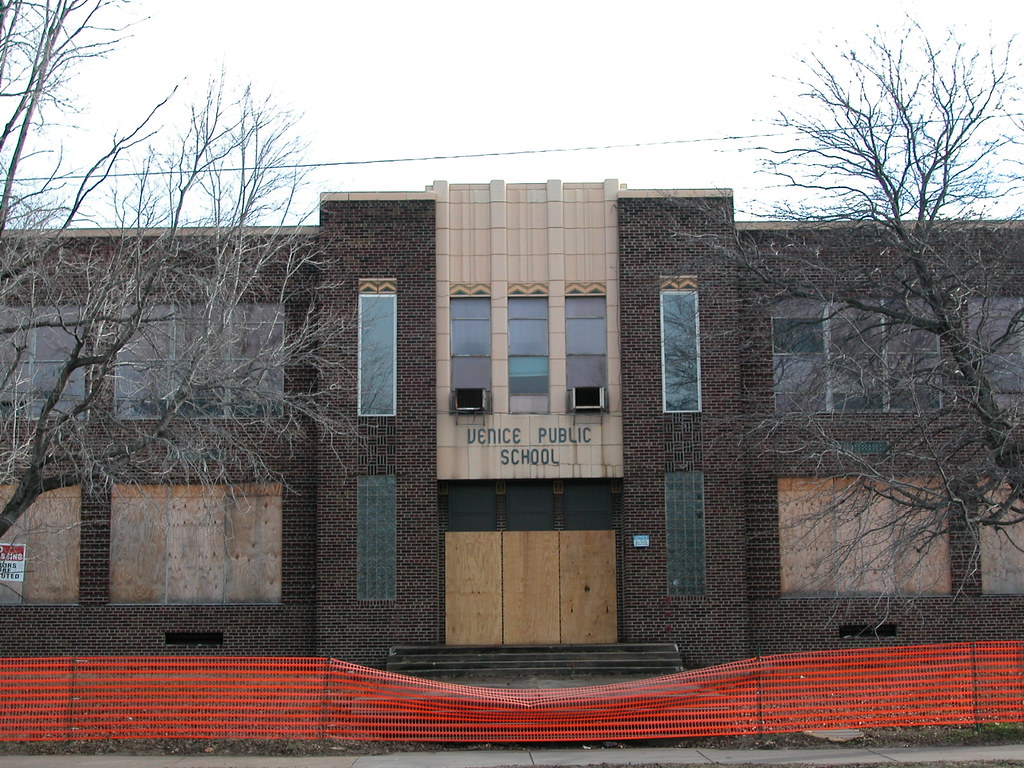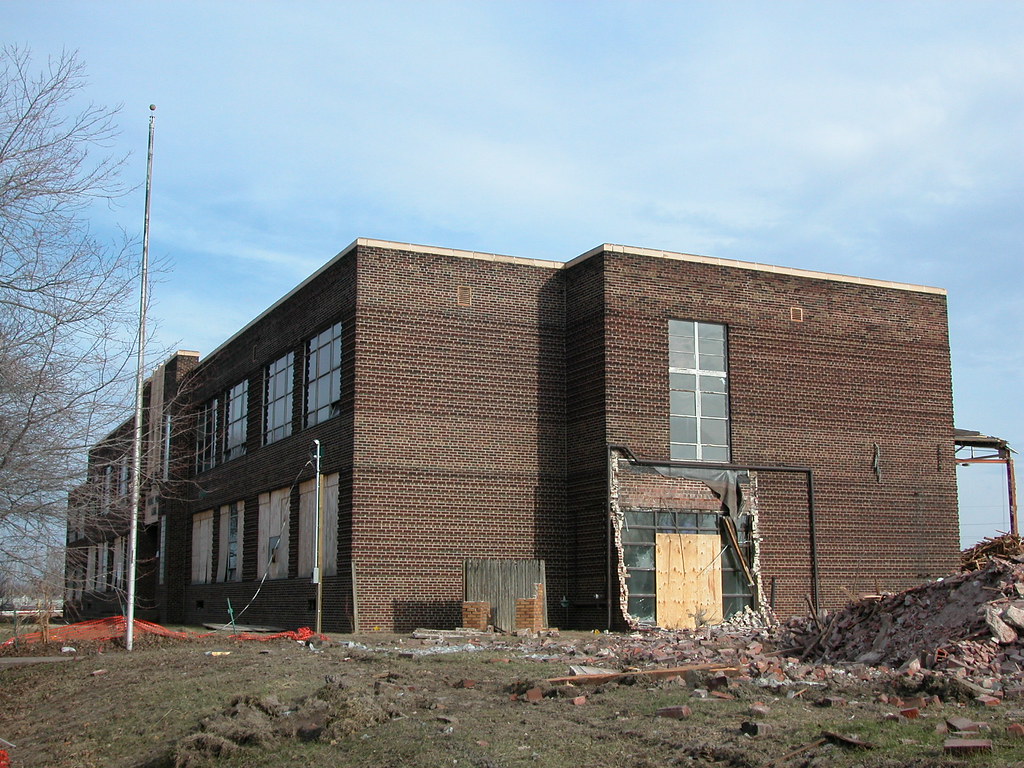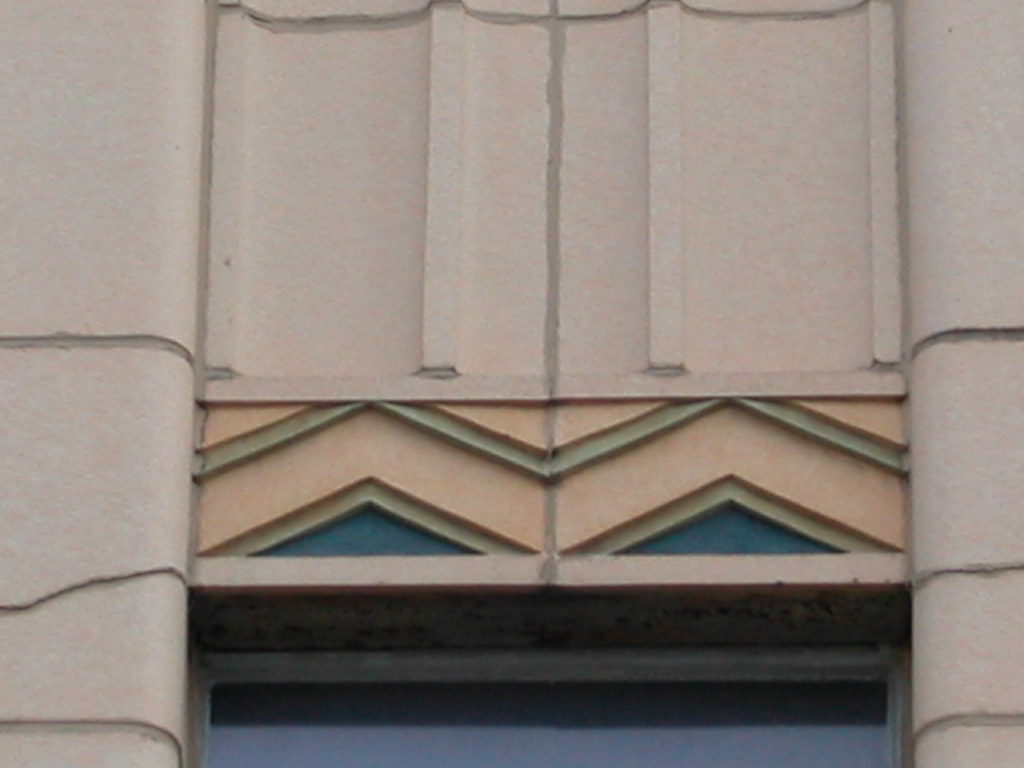
The Metro East city of Venice is continuing to demolish its historic public school campus. The 1917 Venice High School has been gone for a month now, while the adjacent 1938 addition partly remains. Once the Tri-Cities of Granite City, Madison and Venice were thriving cities with populations of workers in the numerous steel mills and metal fabrication shops of the area. Things have been different for awhile now, and Venice's population hovers at about 2,500.
Still, the section of Broadway where the public schools buildings stood features many well-kept homes on whose lawns children play. With a moribund downtown and few noteworthy employers, though, Venice's chief assets may be its location and its stock of small frame homes. The city has a lot of potential.

The demolition of the schools, though, erase some of that potential. The buildings are among a handful of historic landmarks. These were solid buildings with adaptive reuse potential, standing right off of the newly-reopened McKinley Bridge. New use may have been just a few years away.
As of last weekend, when I took these photos, the 1938 addition retained its basic form enough to demonstrate how pointless its loss is. The building features a restrained art deco program of ornament, executed in polychromatic geometry that is gorgeous. The basic body of the building is unadorned machine-raked brick in different shades of brown and red. The bow-truss gymnasium at rear relieves the boxiness of the school building, providing some variation in the form.

Alas, by now the building is further diminished and reuse is a lost dream. Like its earlier neighbor, the building departs the real world to live only in the fickle realm of public memory.

As the Metro East adapts to its post-industrial and decentralized life -- a process that will continue and accelerate once the new Mississippi River Bridge is built -- we will continue to watch such losses. Without economic hope, there will be no concerted effort at cultural resource planning in the Tri-Cities or East St. Louis. Time is money, after all, and planning takes a lot of time. And money. What incentives exist in the Metro East for careful planning and historic preservation? Few, so long as Illinois remains one of those states without a historic rehabilitation tax credit.
(Kudos to 52nd City, Curious Feet, St. Louis Patina and Metropolitan Rural for covering the Venice High School demolition earlier.)





2 comments:
The building is quite amazing. I visited the site three times. It is ideally suited to provide housing given its location near St. Louis. Obviously land values are low so it may not be cost effective to rehab the building. Given the area is rather distressed, perhaps there is a lack of innovative leadership? No doubt if Illinois had a historic tax rehab program, areas without high land values would see reinvestment. Hopefully this investment would occur in East St. Louis which is especially in need and well suited due to its wonderful view of our skyline.
Good point. New political leadership is key to turning around the distressed areas of the Metro East.
Post a Comment